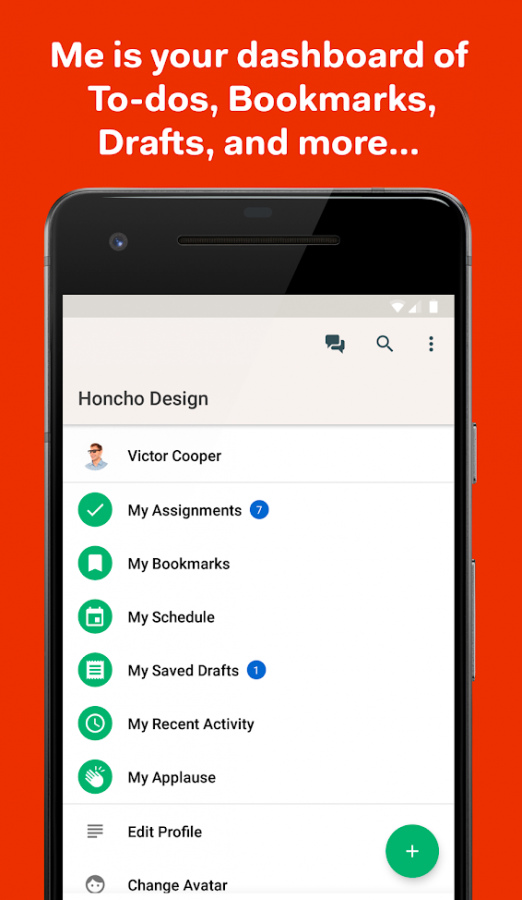

This can quickly result in a clogged inbox.
#Basecamp 3 app software
While the software is fantastic and easy to navigate, there are a number of ways to get the software to really work for you. Once you are familiar with this framework, you can really jump in and get started. I f you’re an ArcStone client, this is where you’ll spend the majority of your time. This is where some tools become particularly powerful, such as the ability to schedule key dates, set automatic reminders, and view tasks that you've created or need to complete. It also allows you to add the client to the project for the sake of transparency and organization. Projects: Once again, the projects layer allows you to execute the same actions, while also assigning items to specific members of the project group. This is a great way to ensure that your team can see what's going on with each other, and also interact with necessary tasks and items. This level allows for the same actions as the HQ level, such as creating to-dos, scheduling, creating automatic check-ins, and sharing documents. Teams: Here, you can start to break the larger group into smaller team entities, such as Marketing, Operations, Sales, etc. For individual users, they can interact with the company HQ on a personal level, without actually posting or sharing things with the larger group. Essentially, it's a perfect place to manage day-to-day operations or administrative tasks that don't deal with specific accounts or projects. All employees are part of the HQ, and it can be used for anything from making announcements to storing documents. While the top-level navigation is vital once you're familiar with the Basecamp framework, it's important to understand the different levels of the hierarchy.Ĭompany HQ: This is the proverbial "base camp" for your organization, where all your employees come together. It also allows you to narrow down your search terms for better, quicker results.

Find: This is a standard search bar to find things.My Stuff: This is a dropdown menu with multiple options, such as "My Assignments", and "My Schedule." It also includes recently visited pages.Activity: This allows you to see all activity associated with your account.Hey!: This is for any and all notifications tied to your account presence, so it may be relative to all levels of the hierarchy.We don’t recommend using Pings for this reason. Pings: This is for direct messaging with other users within the Basecamp HQ, and it is not specifically tied to teams or projects.Home: This allows the individual user to return to the home screen/dashboard hierarchy where they can see HQ, teams, and projects.This allows them to decide what and whom they're interacting with while in the application. Below that, they will see a hierarchy of HQ, teams, and projects, from top to bottom.

When an individual logs in, the top-level navigation allows for a few different options. One of the reasons why this software is so effective is because of how it is organized. If you're new to Basecamp 3, here's what you should know about it. It offers an easy-to-use hierarchical structure that helps enhance our time, be inclusive of all team members, and wholly manage projects. Our team relies on Basecamp 3 for these needs, and with good reason. In today's productivity-focused world, there is no shortage of project management software to prioritize tasks and keep projects on track. New to Basecamp 3? Check out our Best Practices and Tips for Getting Started


 0 kommentar(er)
0 kommentar(er)
